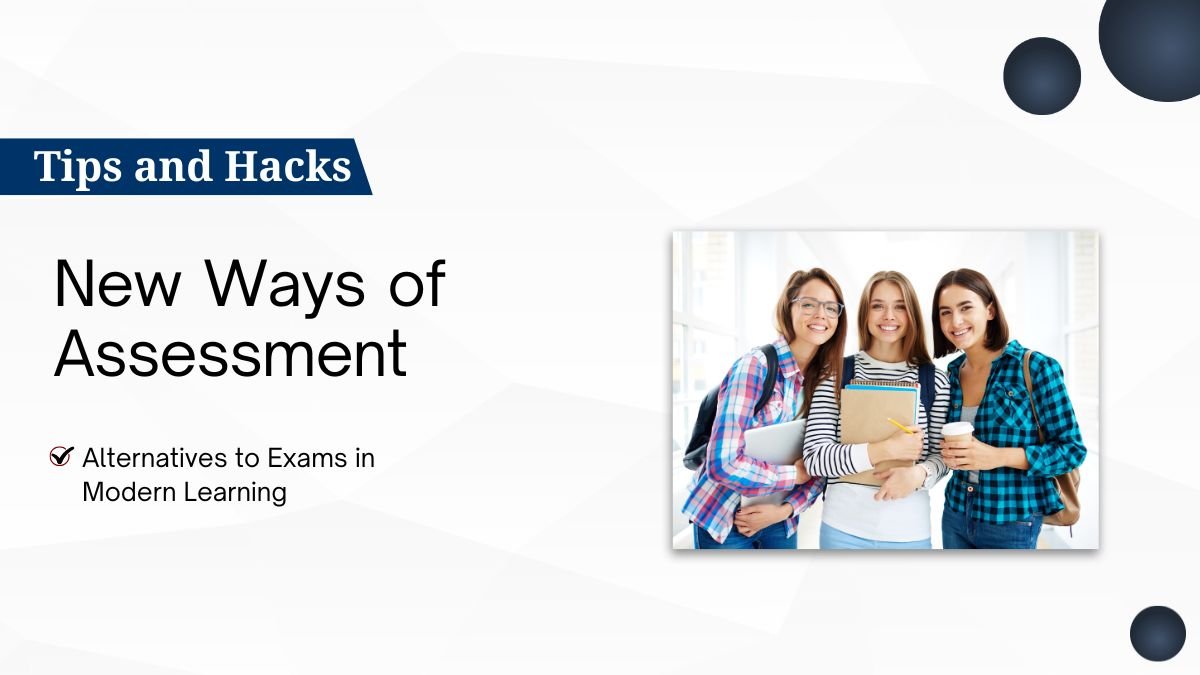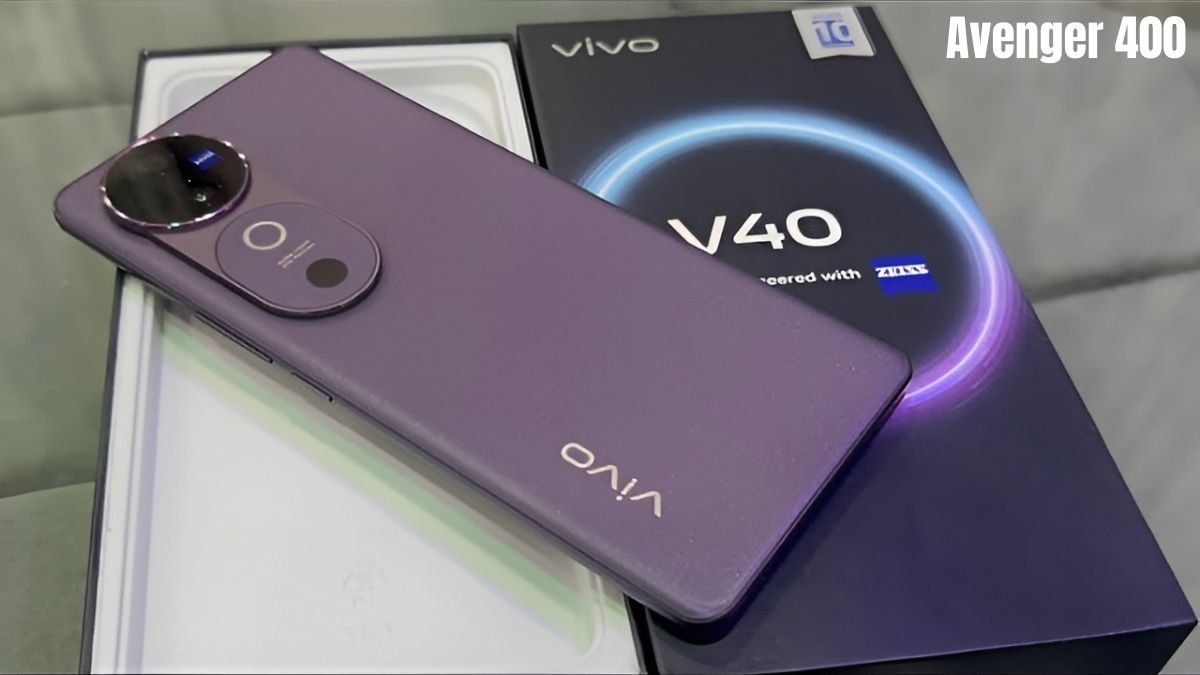The Process of Modern Education Embraces Alternatives Where Traditional Examination Systems Existed
Traditional methods of assessment include written examinations in theory or questions on memorization of facts. But that has changed, for rote memory may no longer be able to judge true education.
The essence of education is not merely to dump information into kids’ heads, but to assist them to use that information in life, in solving problems, and in creative thinking.
For that reason, alternative assessment strategies are now being encouraged. Such alternative methods offer holistic information regarding the students’ understanding, skills, and personal development.
Let us elaborate on some of the most prevalent forms of alternative assessment methods.
1. Portfolios
What it is:
The portfolio consists of a collection of student work and evaluation that has been assembled over a period of time. It doesn’t only comprise essays but may include paintings, projects, digital presentations, or any other form of creative material.
How it helps:
It’s not just a testing opportunity to show what students can do this time. Instead, using the portfolio as an assessment method can help them show progress in specific skills.
For instance, if a student is learning to write, the first attempt at essays can be shown alongside the last drafts to show improvement.
2. Project-Based Assessments
What it is:
Long-term real-world assessment projects are assigned. The students are tasked with research, planning, and implementation in order to solve the problem.
How it helps:
The aim is to enable students to develop critical thinking, creativity, and team spirit.
Example: For a project on water pollution, students can investigate local drains, gather data, and propose solutions.
3. Performance-Based Assessments
What it is:
Students are asked to carry out tasks reflecting their actual skills which may consist of making an oral presentation, conducting a science experiment, or acting out a role in a play.
How it helps:
It proves practical ability and confidence beyond simply reading or memorizing a book.
4. Peer and Self-Assessment
What it is:
In this method, students not only self-assess their learning but also assess the work of peers.
How it helps:
Such methods promote self-reflection and foster a sense of responsibility in students.
Example: After a small group project, group members will inform each other about what each did well and what could use improvement.
5. Gamified Assessments
What it is:
This is the form of assessing students’ learning through games. Examples might be short quizzes, digital games, or simulations.
How it helps:
This makes learning fun and encourages students’ active involvement, such as very difficult math problems made into a game.
6. Interviews and Oral Presentations
What it is:
This is where the teacher has a direct conversation with the student to assess his or her understanding of ideas.
How it helps:
The skills of thinking, reasoning, and presenting are developed for students.
Example: In a history class, a student is posed with the question, “What do you think was Gandhiji’s greatest contribution and why?”
7. Journals and Reflective Practices
What it is:
In writing, students reflect on how they learn and their experiences.
How it helps:
This approach helps students become more aware of themselves.
Example: Students write what they learned new and what they found difficult every week.
8. Open-Book Exams
What it is:
Open-book tests are those in which students can look at their books or notes.
How it helps:
So it is not strictly to measure the extent of memory they have developed, but to see how the individual applies and analyzes what has been learned.
For inspection: “Discuss global warming and, citing examples from the book, explain how it can be reduced.”
Benefits of Alternative Assessment
Holistic Evaluation
Alternative assessments reveal a person’s creativity, problem-solving, and critical-thinking abilities besides the ability to memorize information.
Higher Engagement
Interactive, real-world assessment not only engages students in real learning but makes the whole experience enjoyable.
Provide Customized Feedback
Teachers offer constructive feedback that is detailed, pointing out areas of strength and opportunities for growth for students.
Skill Development
Teamwork, time management, communicating—these have become all-important skills that students inherently develop through such approaches.
Lower Exam Anxiety
A system that does not lay all its weight on a few hours on one single day greatly alleviates students’ mental stress, allowing them to learn with more confidence.
Conclusion
Modern education has therefore established that rote learning does not reflect true learning.
Portfolios, projects, gamified quizzes, self-assessment, and open-book examinations are thus a way to help students discover their real potential.
These methods present a rich learning opportunity while familiarizing students with challenges of the future. Because in real life, rather than memorizing, we must apply information, be creative in coming up with new ideas, and work collaboratively with others.








